Goldenrod 2021
Martha O'Kennon
There is one community that isn't always around. In fact, it comes into being when the Goldenrod begins to green up and grow tall. A lot of people think goldenrod is a pest and even that it produces an allergen in its pollen (it doesn't). But it is one of my favorite plants. It blooms for about a month and attracts a wide variety of insects and spiders. I'm going to first open up my notes for 2021, and then go to some more extensive observations from 2019, with additions from 2021. If that doesn't confuse you, you may stay after class and erase the Zoom board.
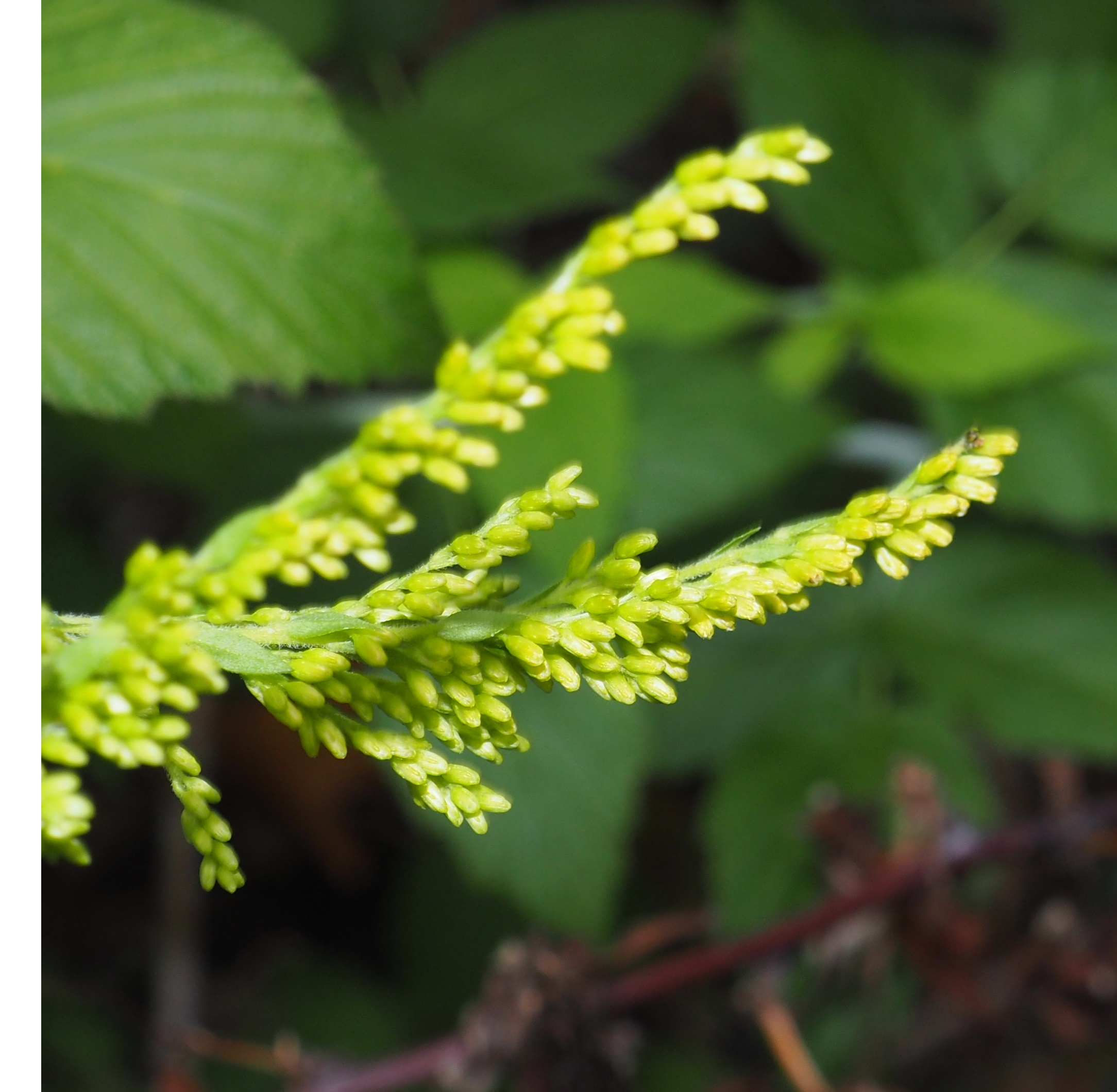
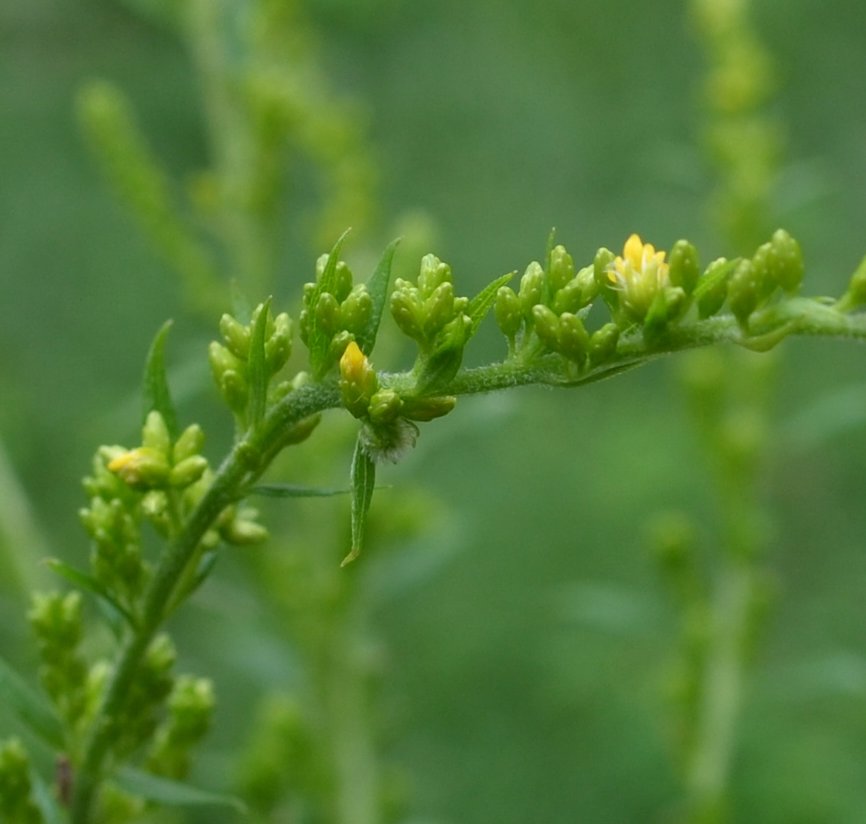
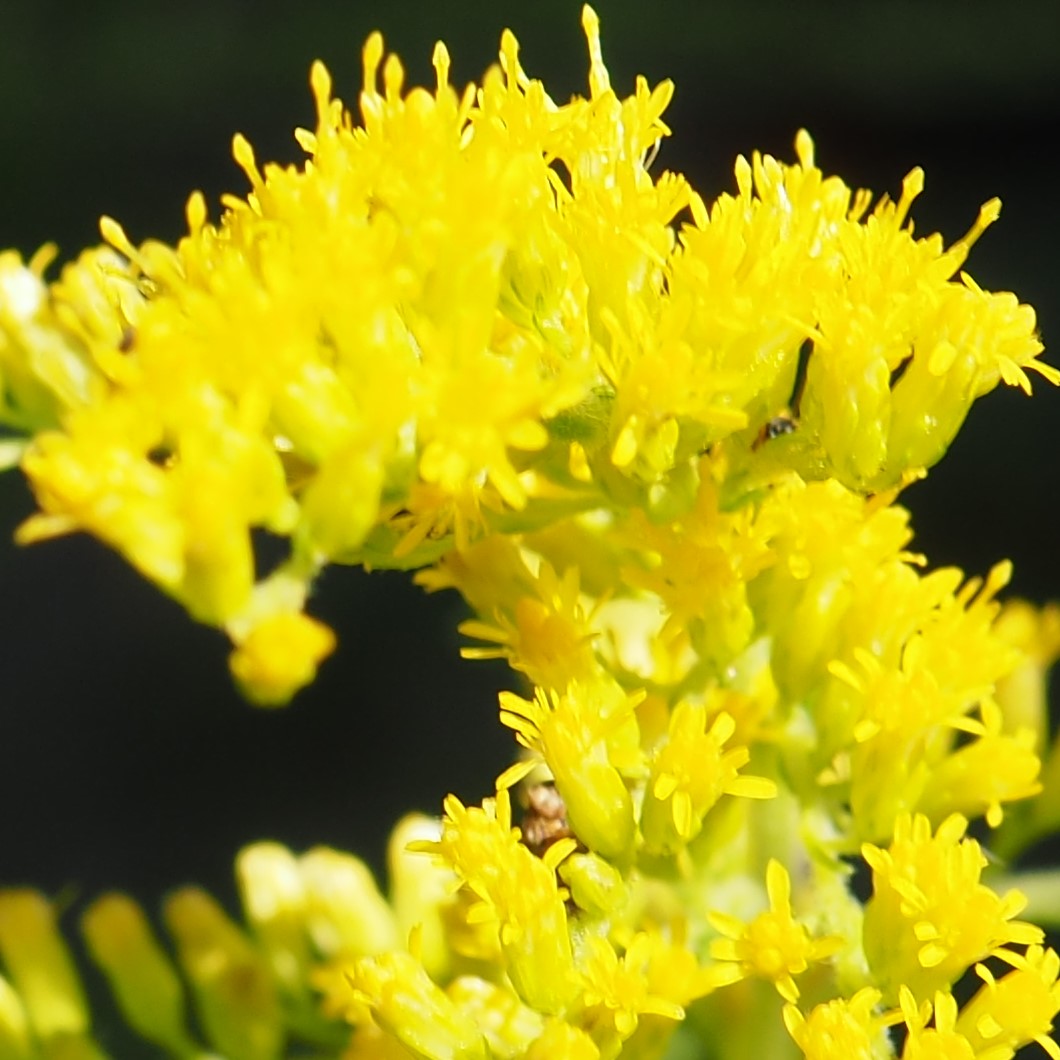
The Goldenrod attracts many kinds of tiny Crab Spiders. (Or maybe some of what looks like a different species is a result of their ability to change color and pattern.) Here is a White one; a White one with an interesting pattern on its abdomen; and a Pink one.
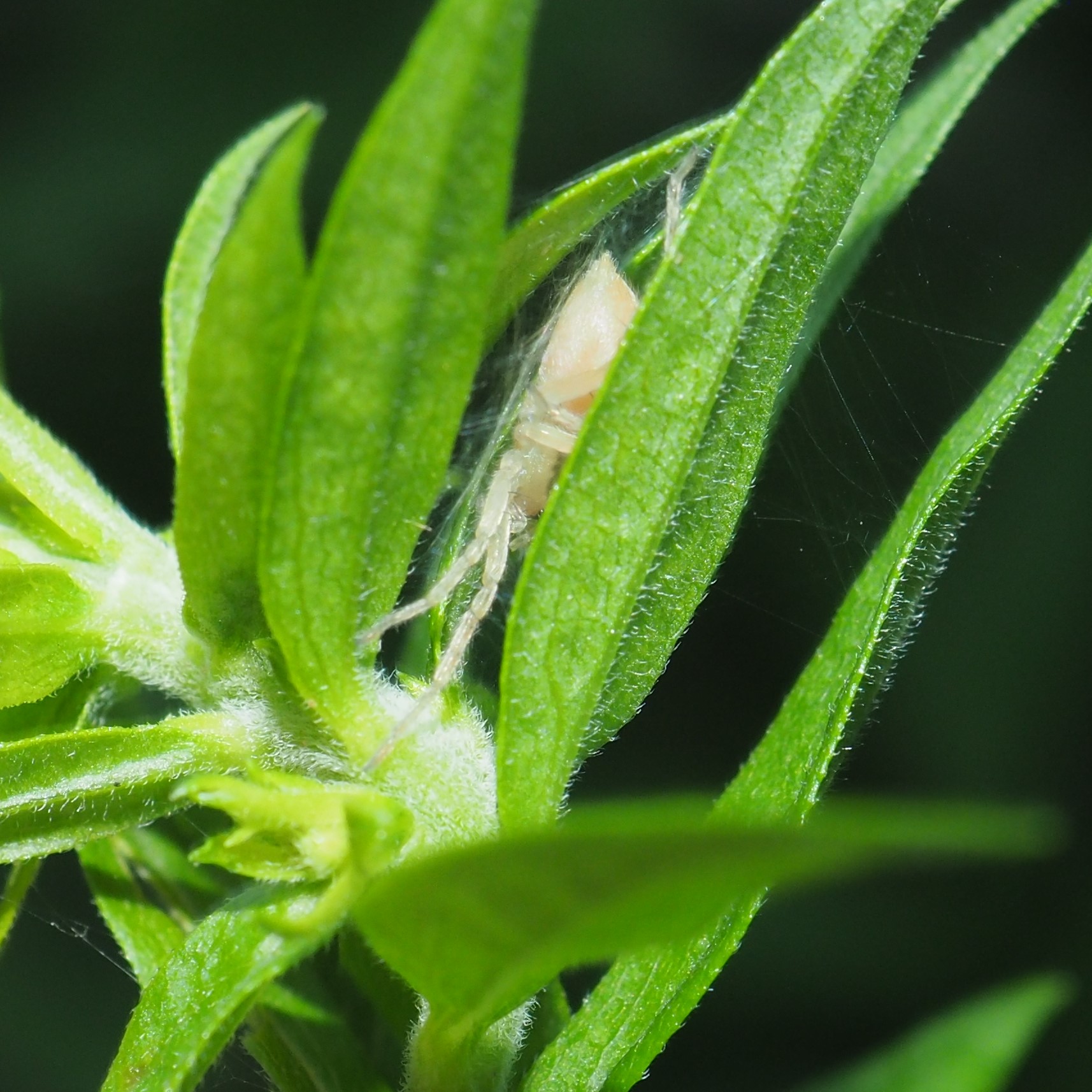
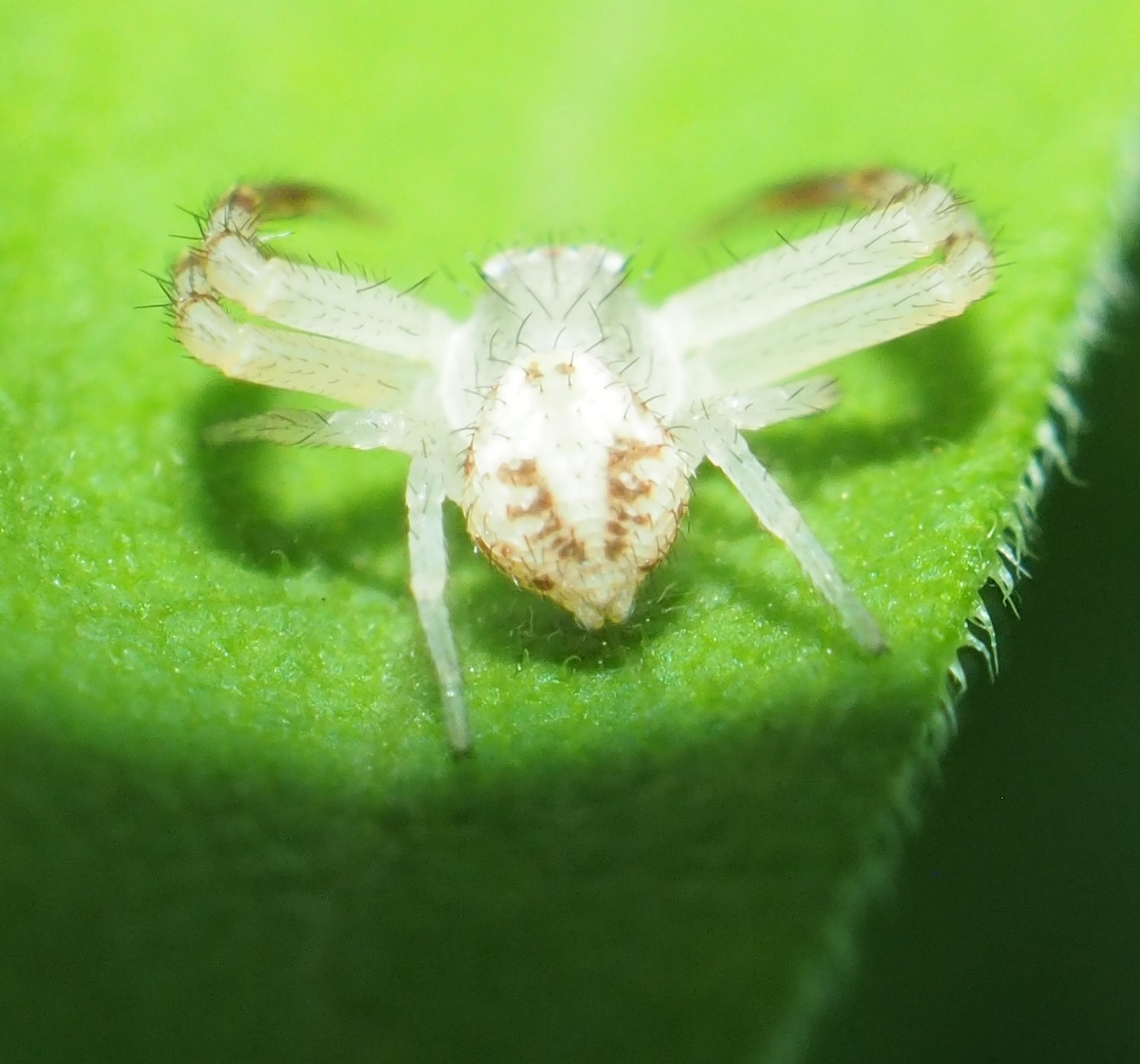
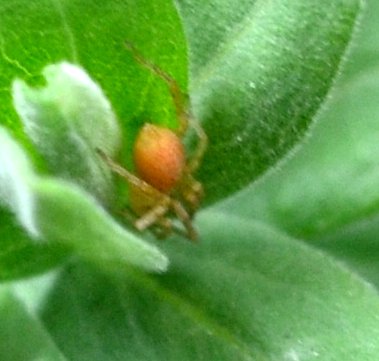
Here are a bright Yellow one, or did it change its basic color to bright Yellow? Next is a Northern Crab Spider. And finally, one with a girl's face on its abdomen!
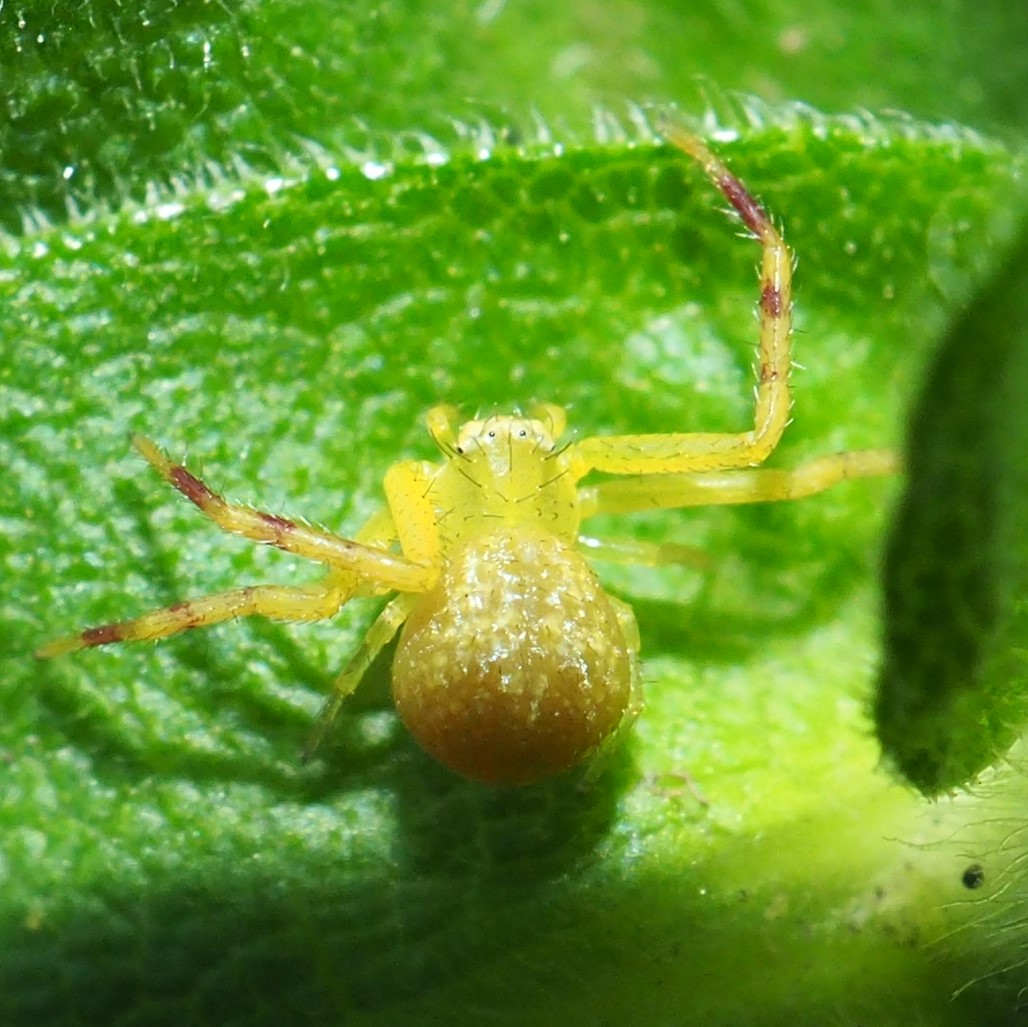


Here is one of my favorites - an Ambush Bug is something I've never seen except on the Goldenrod. Picture 2 shows a baby one in July 2017. Third is a pair mating.
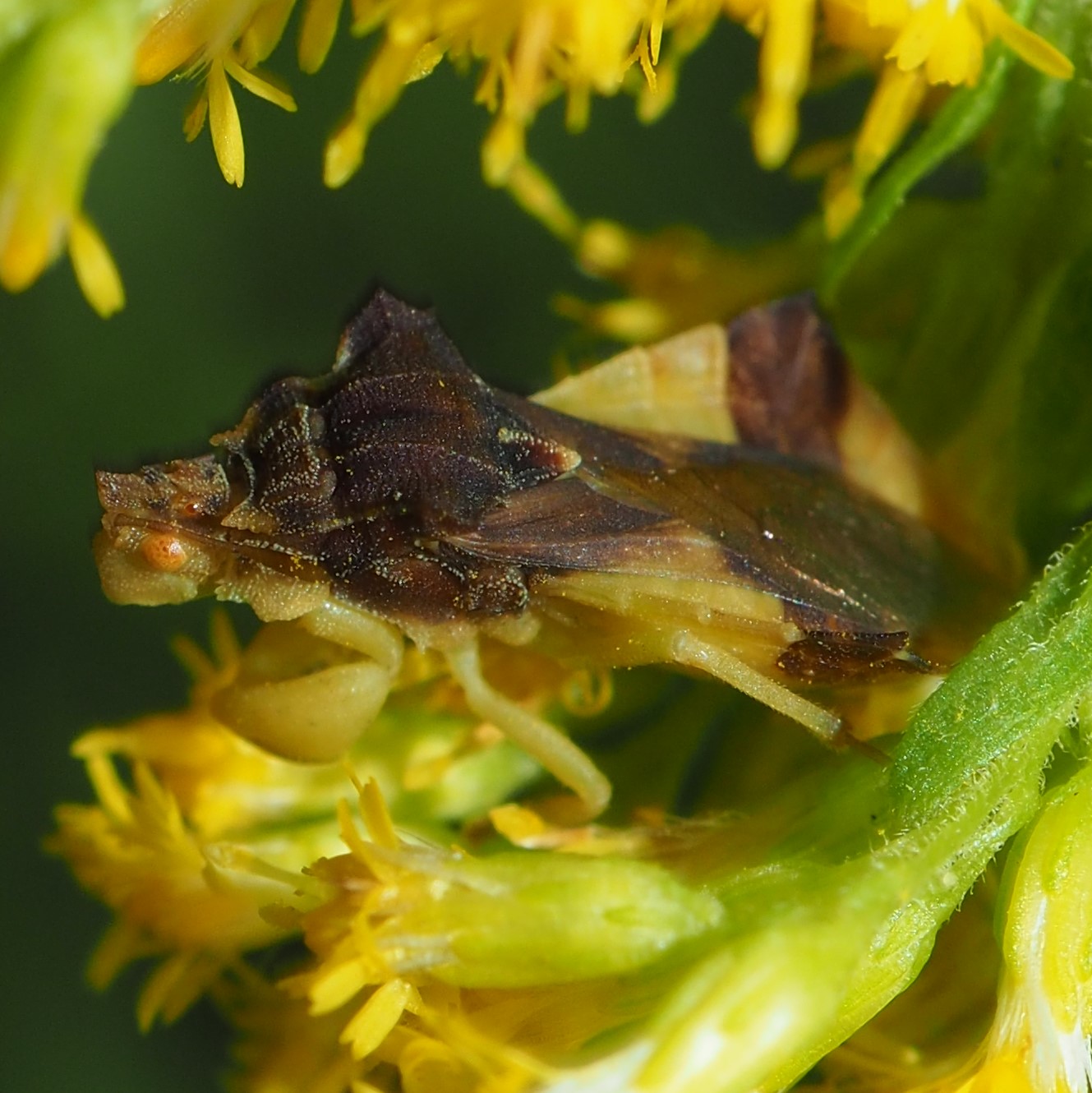

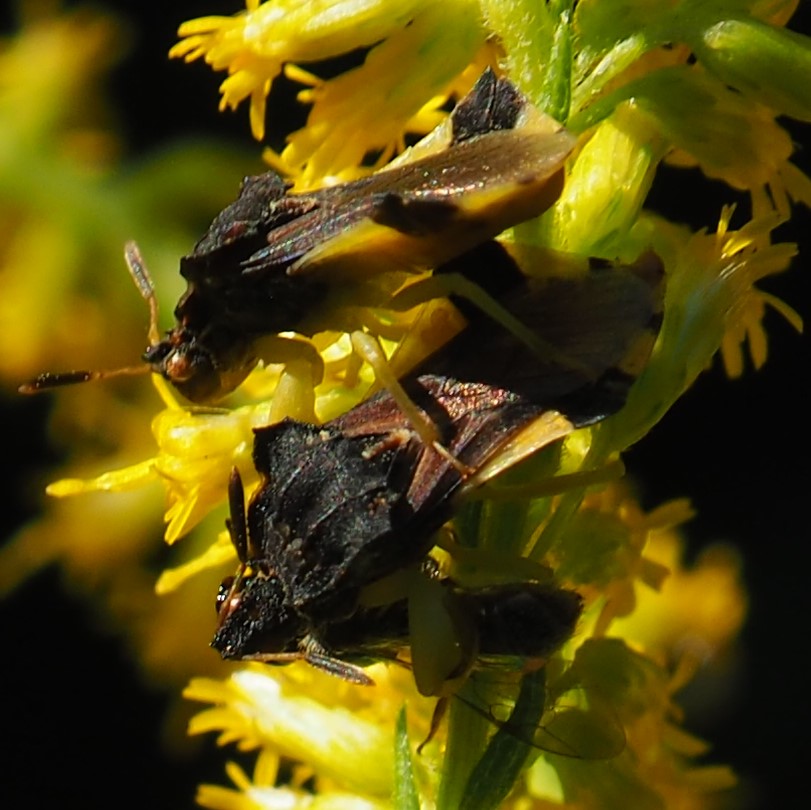
Here an Ambush Bug catches a big Fly. Next, an Assassin Bug steals the Fly from it. Third, the Ambush Bug has gotten the Fly back!
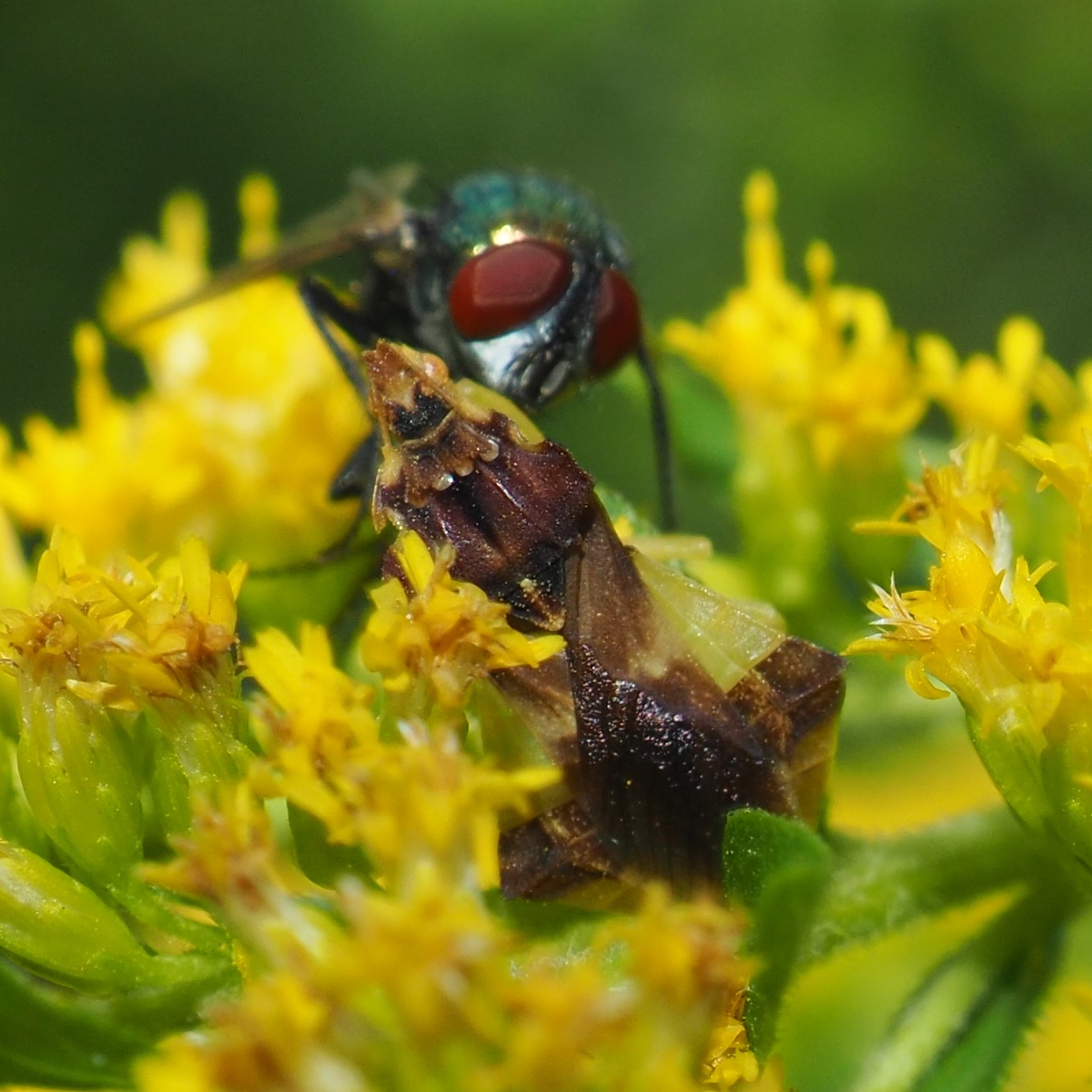
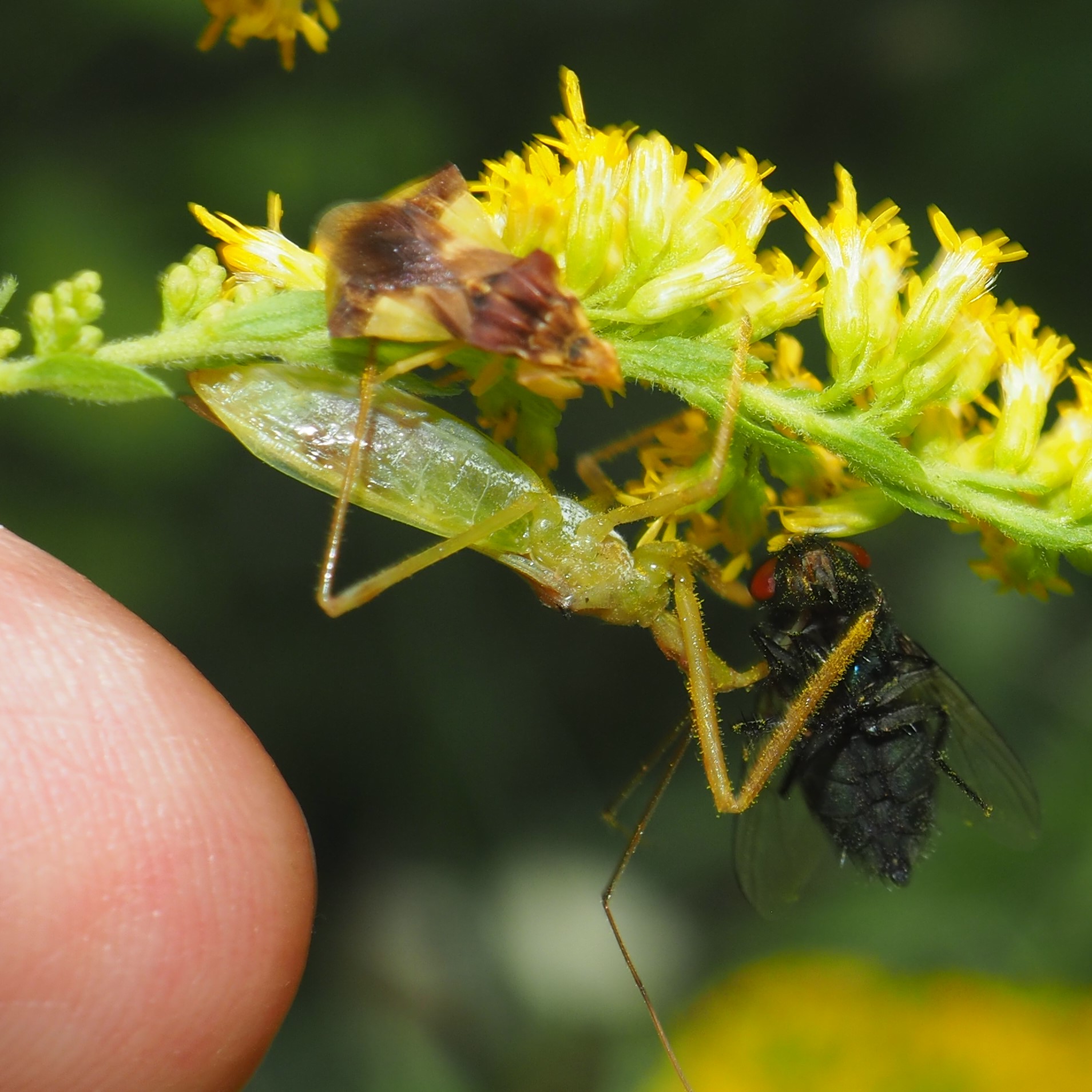
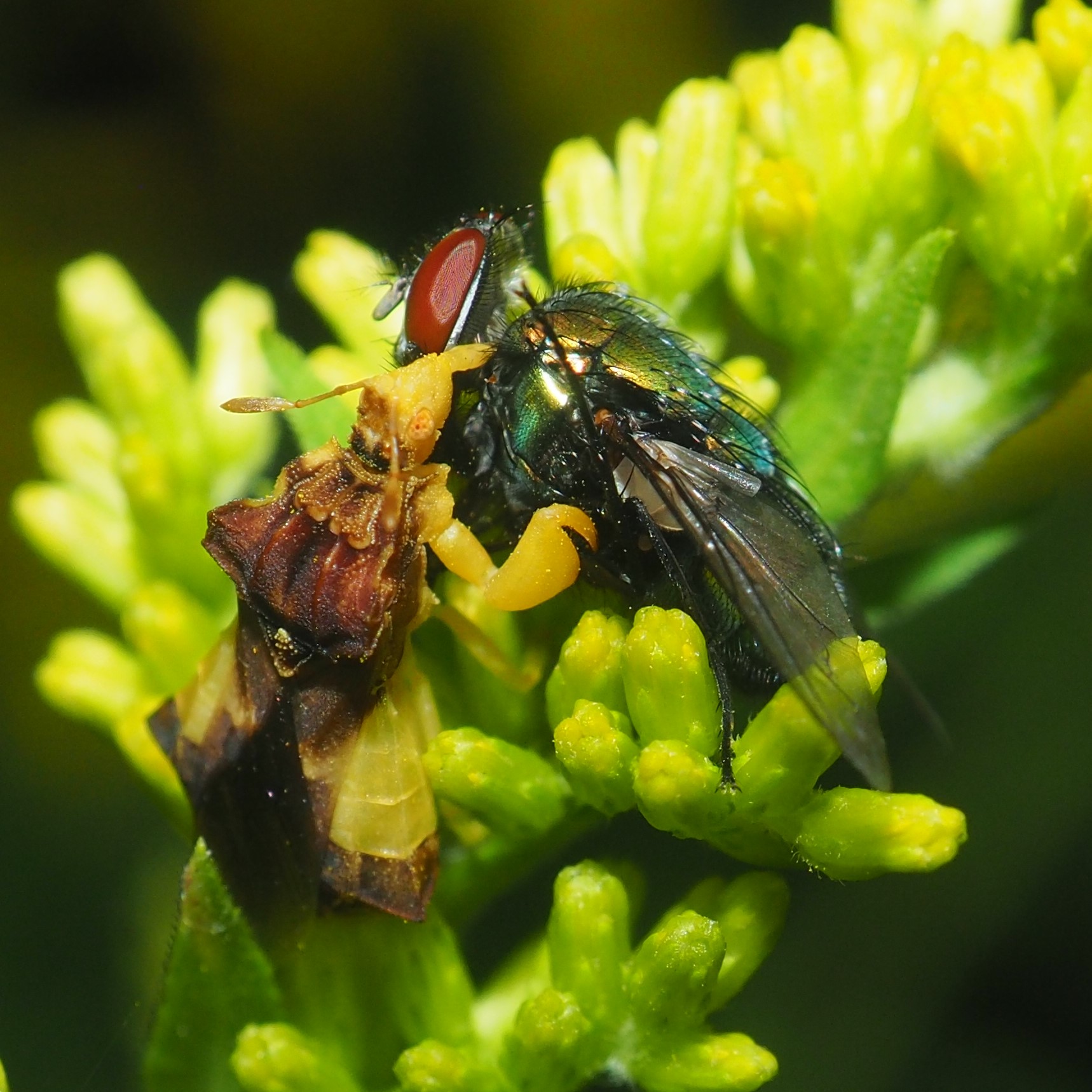
Here is another Goldenrod enthusiast - a Goldenrod Soldier Beetle! They come to the Goldenrod every summer to mate. Same for the Locust Borer Beetle (next two pictures).
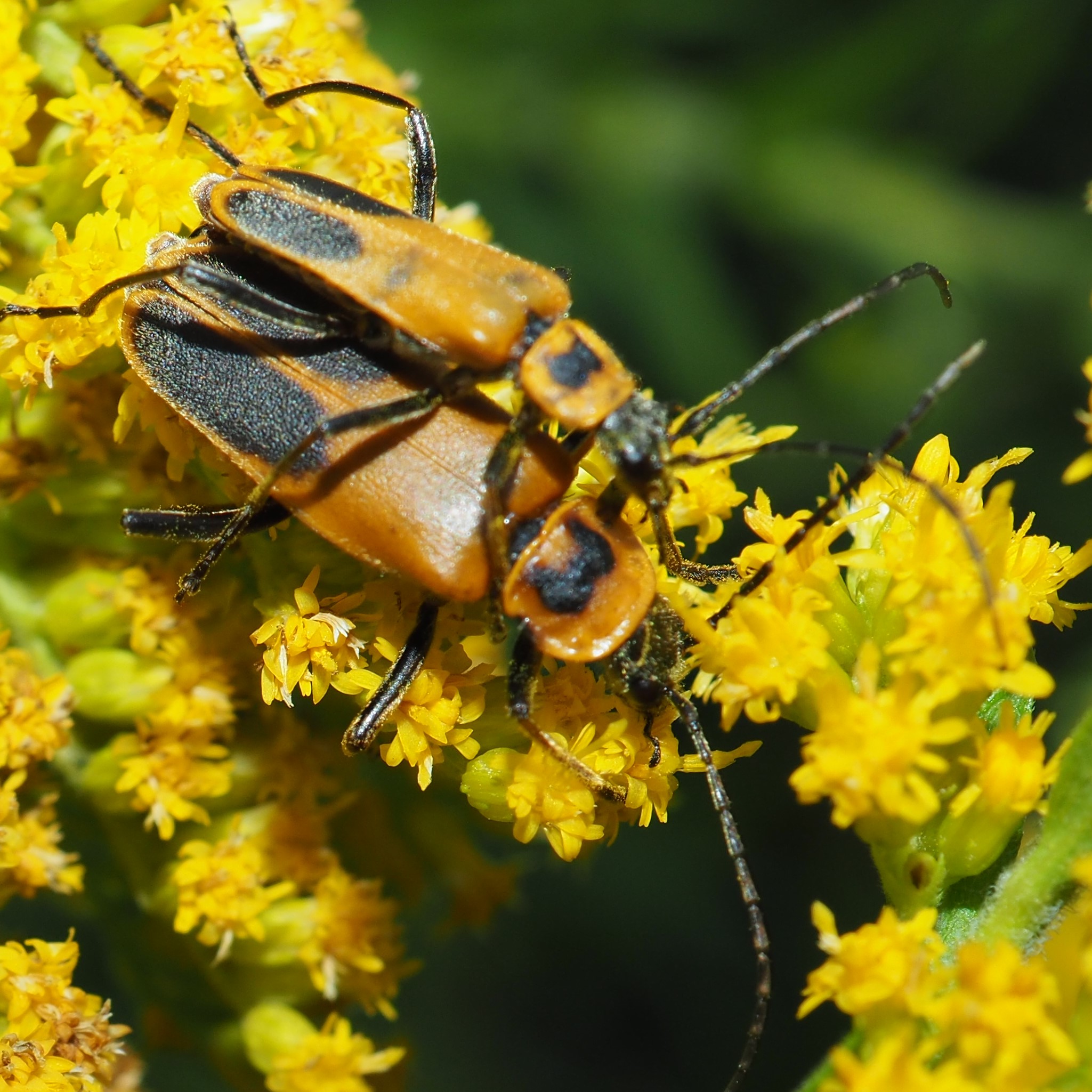
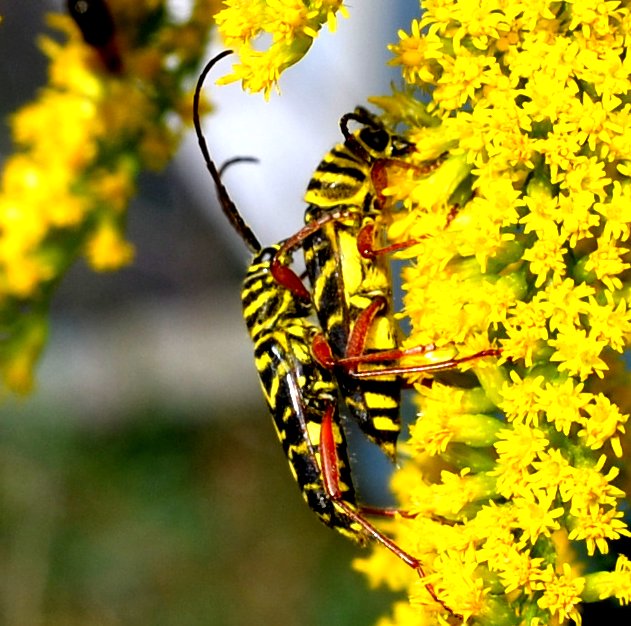

Here is a lovely Plant Bug, Taedia scrupea. Next is a Stink Bug. And finally, the nymph of Hoplistoscelis pallescens, a Damsel Bug (a predator).
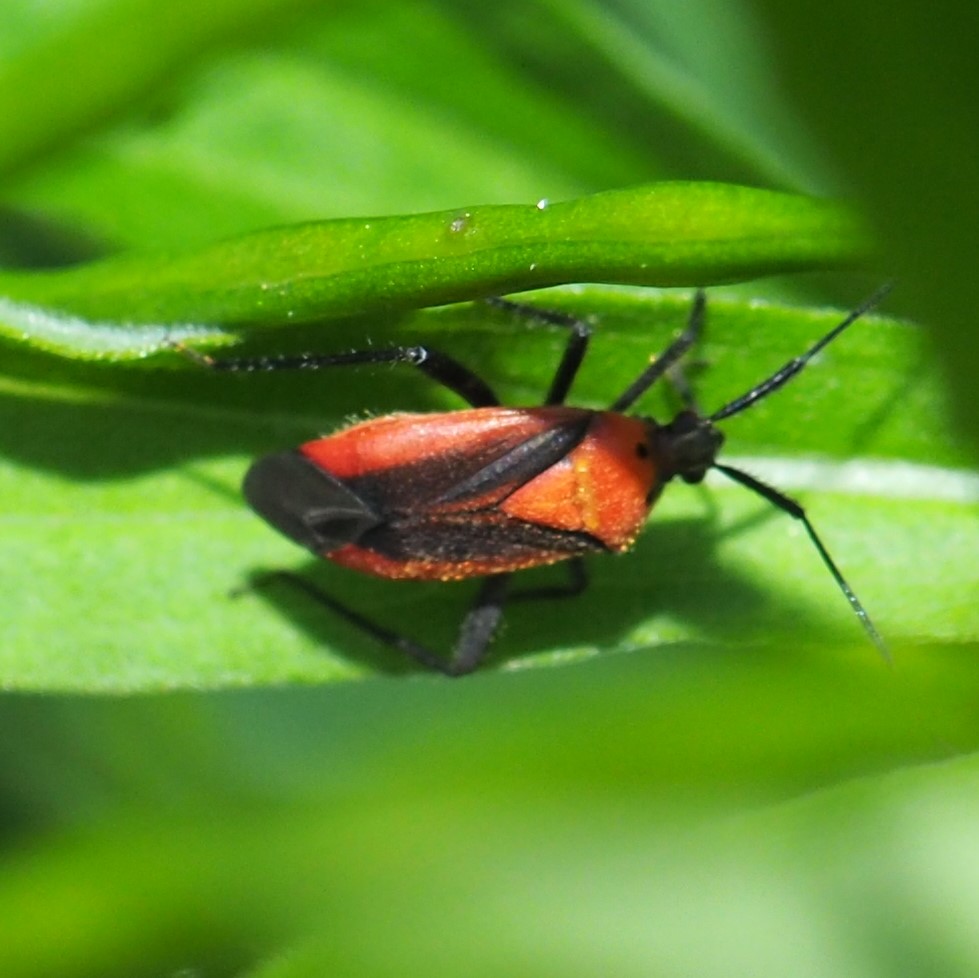
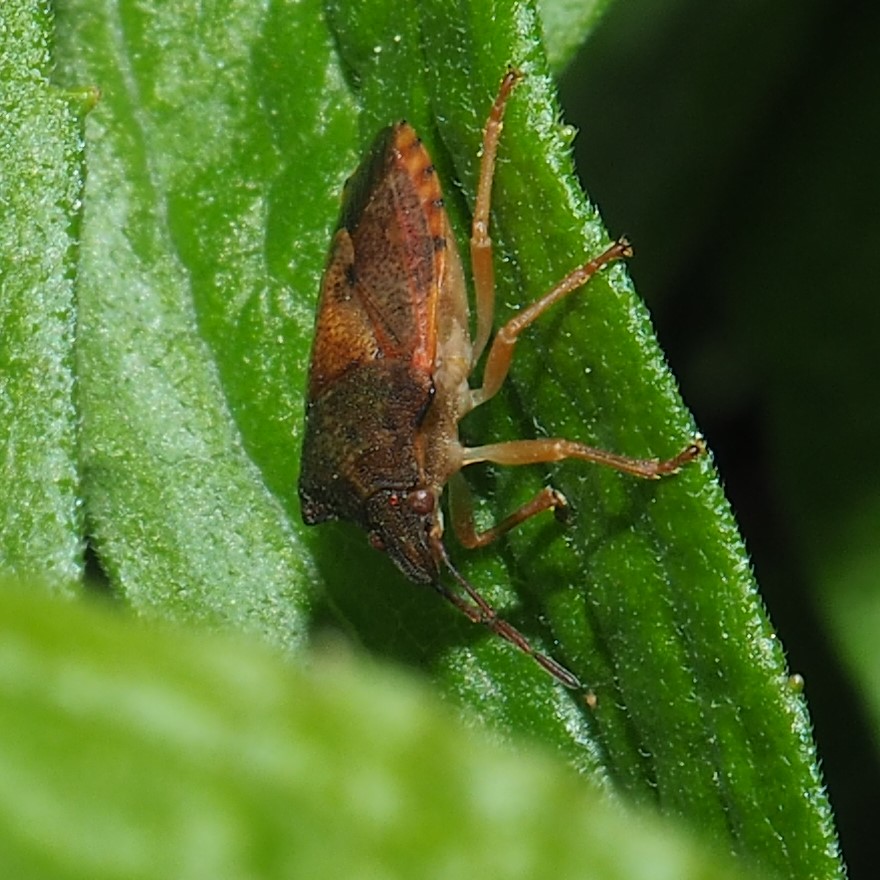
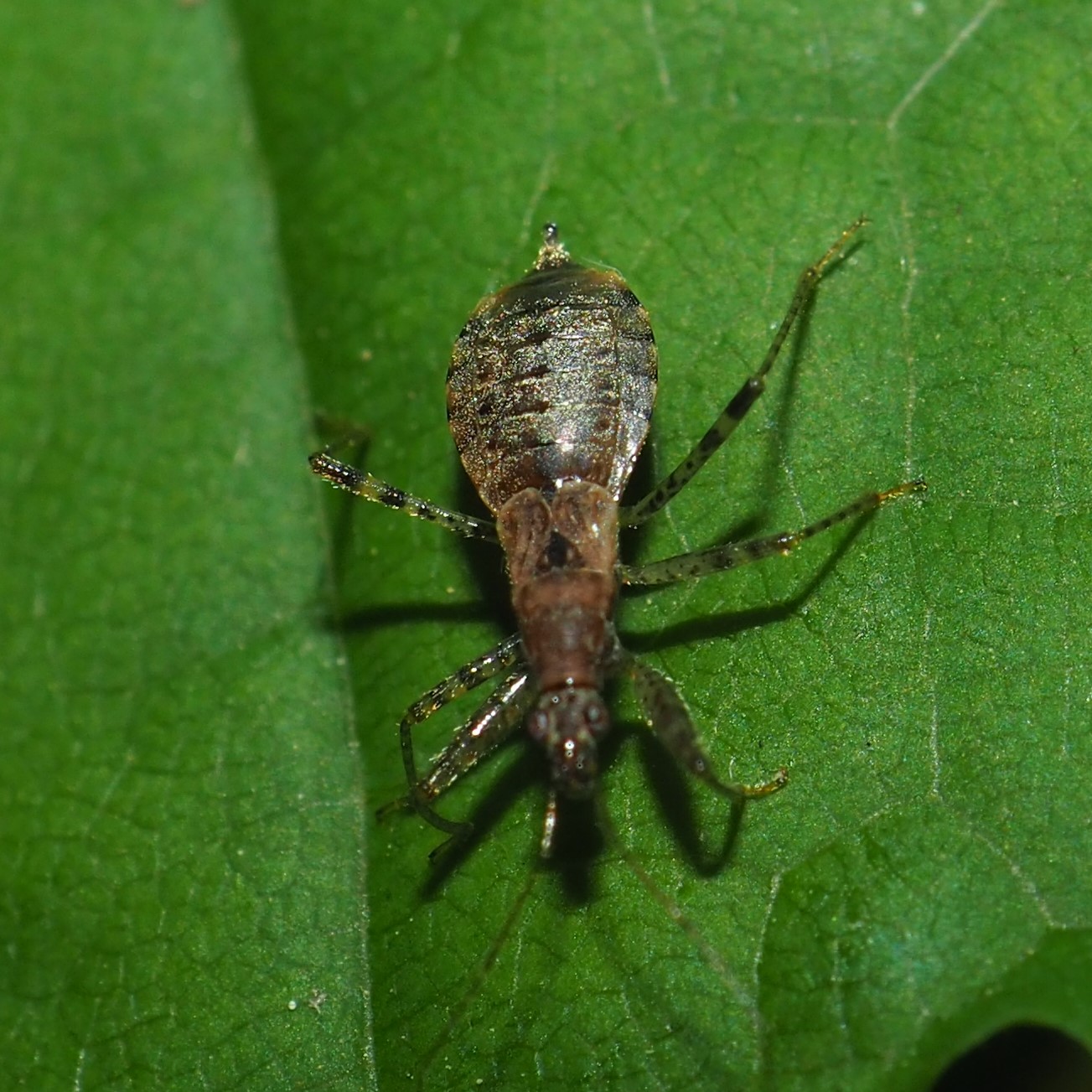
Three little Wasps: A Bee Wolf; a Weevil Wasp; and Leucospis affinis (too bad it doesn't have a common name).
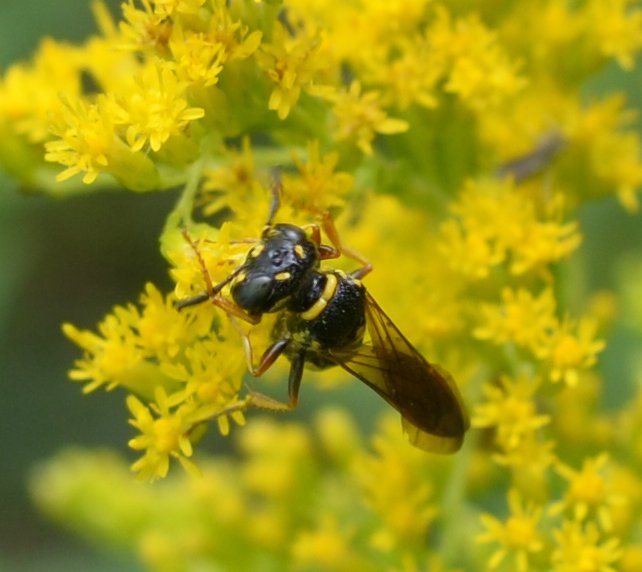
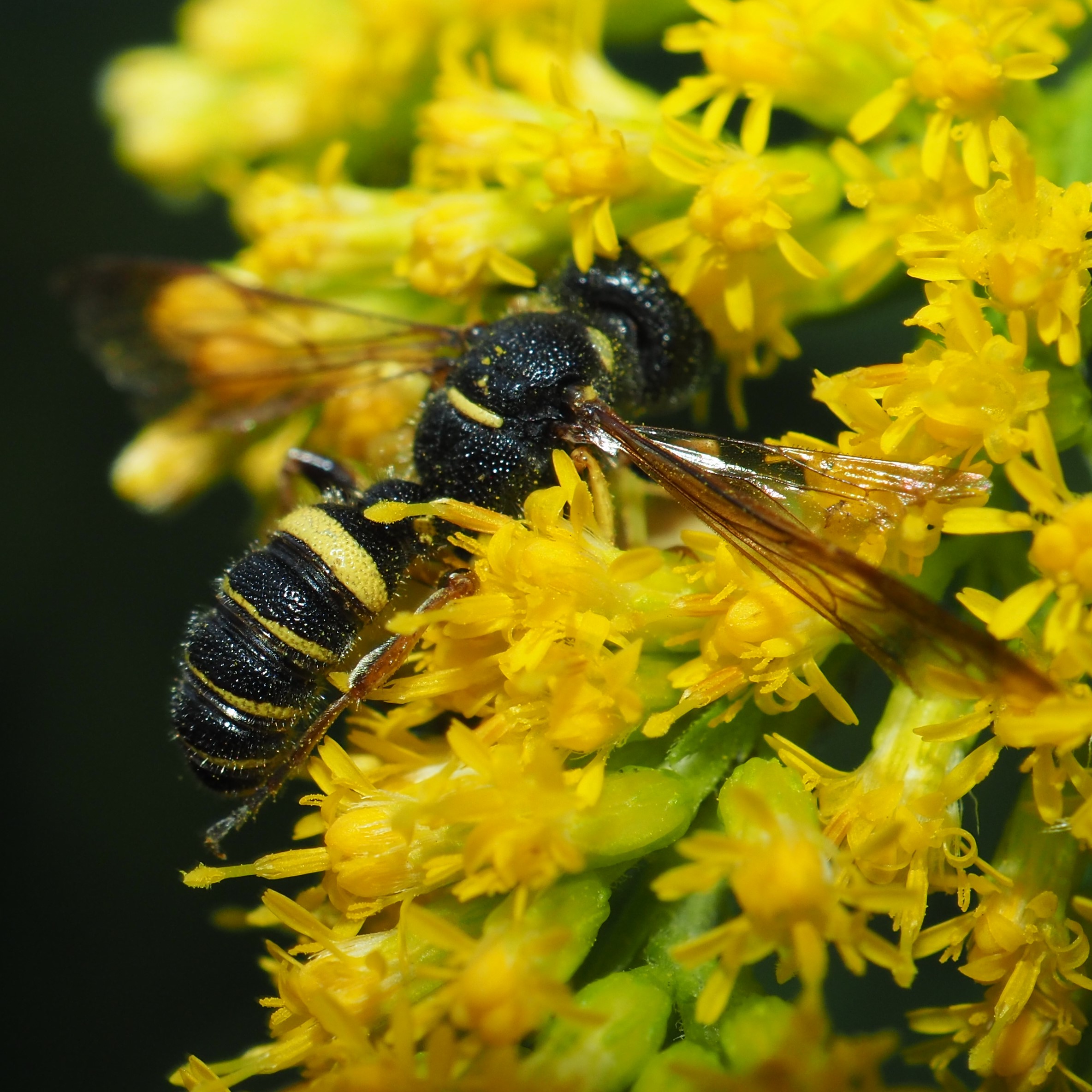

A few unidentified Wasps. Oh. Number 3 is Eumenes fraternus,
one of the Potter Wasps.
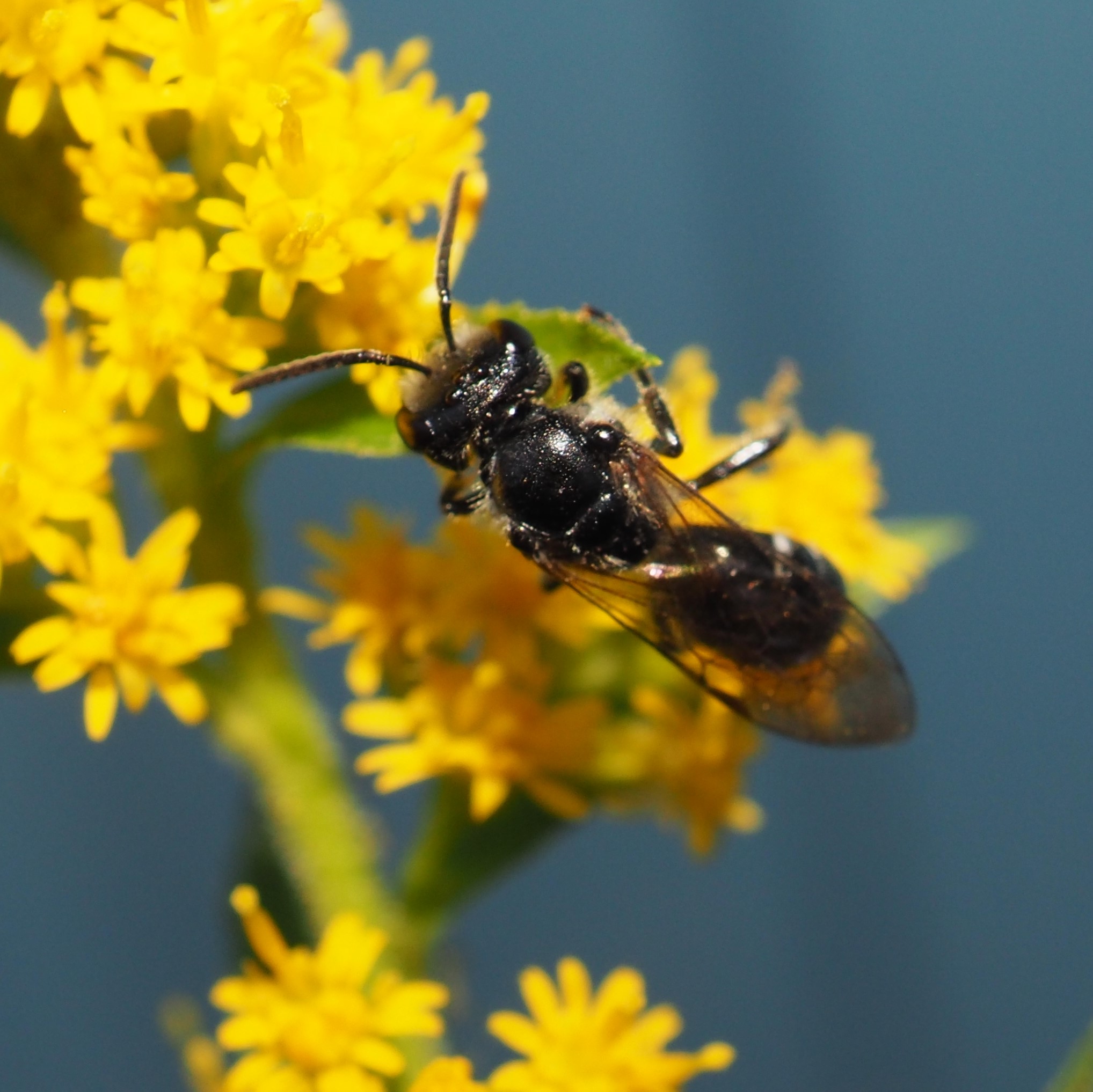
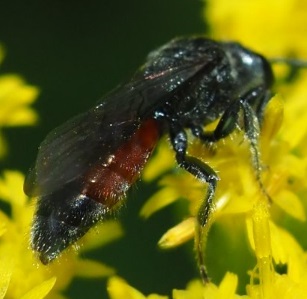
 blooming goldenrod 8 21 18 1a.jpg)
Some of the Paper Wasps. Polistes fuscatus (the Dark or Northern Paper Wasp), P. dominula (the European Paper Wasp). Picture 3 shows a nest of P. dominula in my attic air conditioner in 2016! The workers that feed the larvae pollinate the Goldenrod each time they visit it to get nectar. They get the water from the pond to mix with plant pulp to expand the nest too.
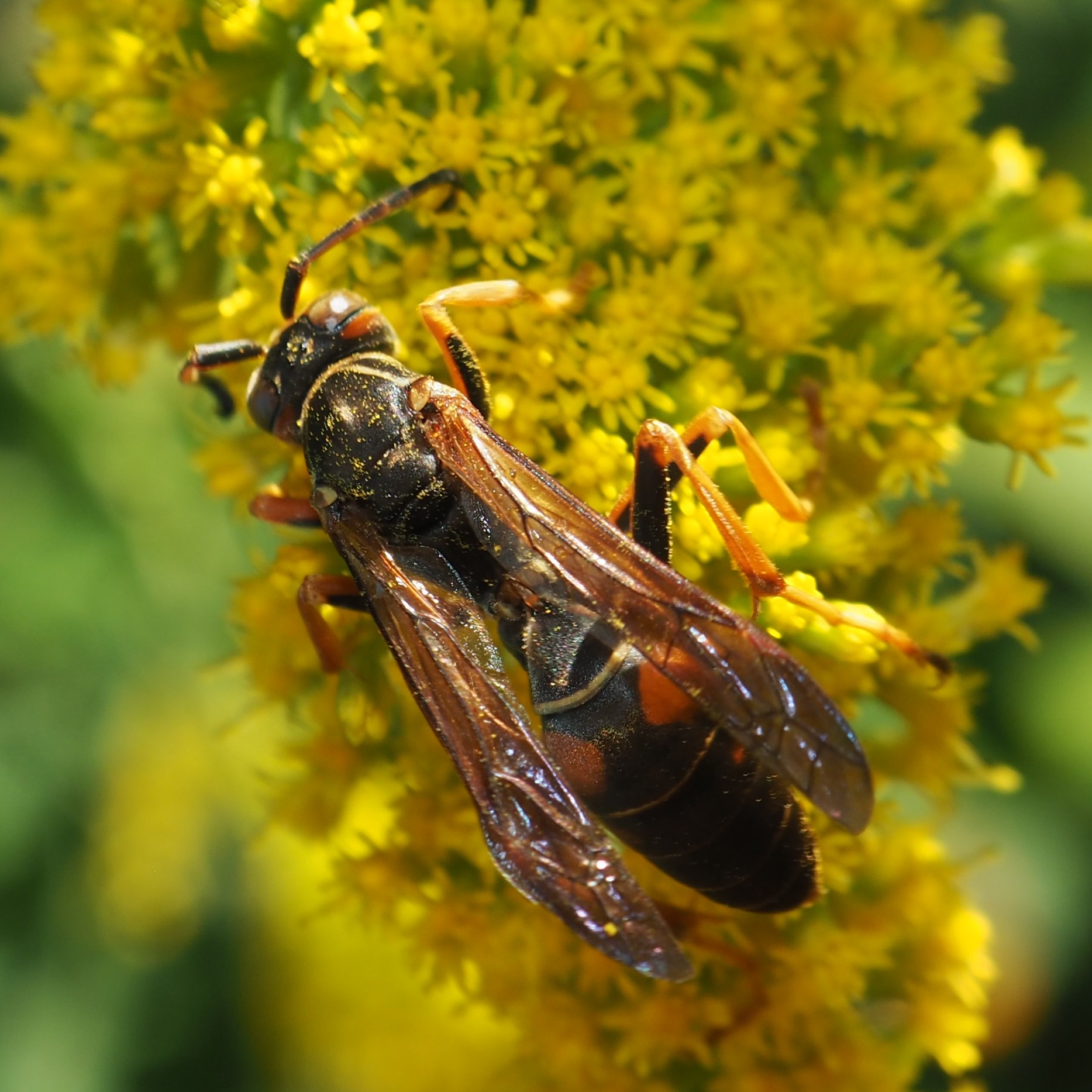
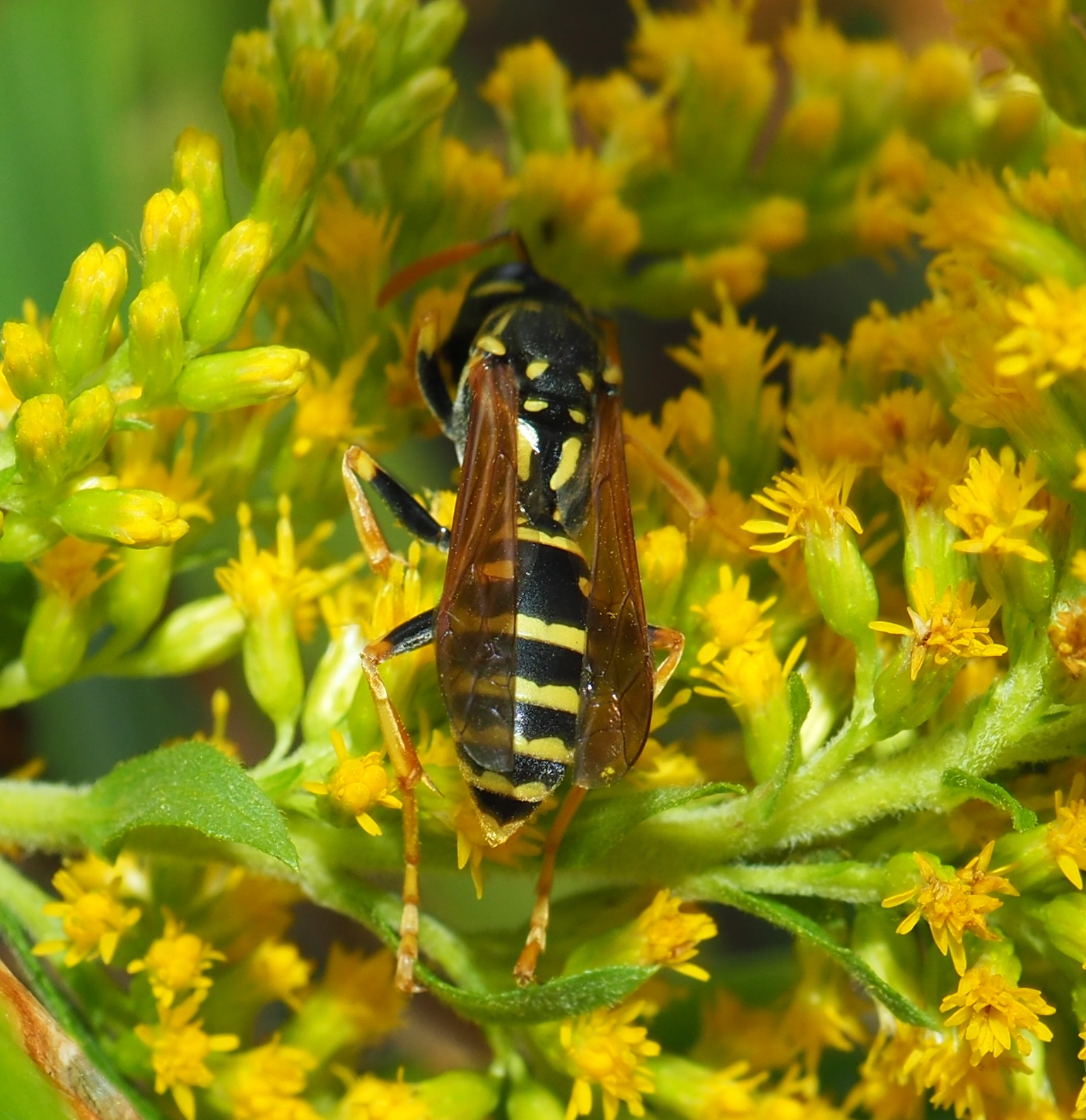

Goldenrod 2019
Back to Environment
Back to main menu
copyright Martha O'Kennon 2021




























 blooming goldenrod 8 21 18 1a.jpg)


